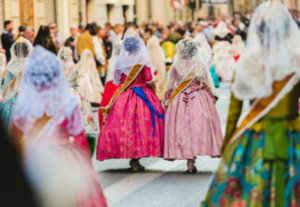Top Reasons to Visit Spain Part 2
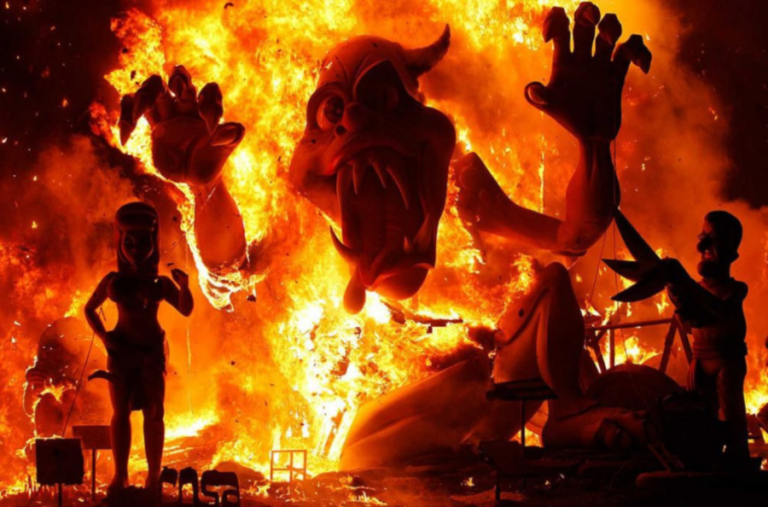
Party Time – Spain is recognised throughout the world for it’s elaborate Fiestas, Festivals and Parties. People travel from the four corners of the world to experience what this spectacular diverse country has to offer. So keep reading and discover some of our best.
Valencia
The Falles is a traditional celebration held annually in commemoration of Saint Joseph in the city of Valencia, Spain. The five main days celebrated are from 15 to 19 March, while the Mascletà, a pyrotechnic spectacle of firecracker detonation and fireworks display, takes place every day from 1 to 19 March. Each neighbourhood of the city has an organised group of people, the Casal faller, that works all year long holding fundraising parties and dinners, usually featuring the noted dish paella,[5] a specialty of the region
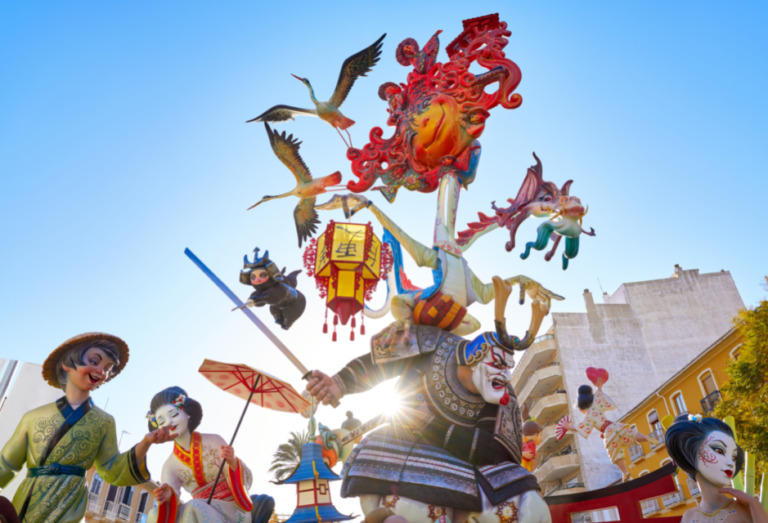
Hogueras de San Juan - Alicante
The Bonfires of Saint John are a traditional and popular festival celebrated around the world during Midsummer, which takes place on the evening of 23 June, St. John’s Eve. It is customary in many cities and towns in Spain; the largest one takes place in Alicante, where it is the most important festival in the city.
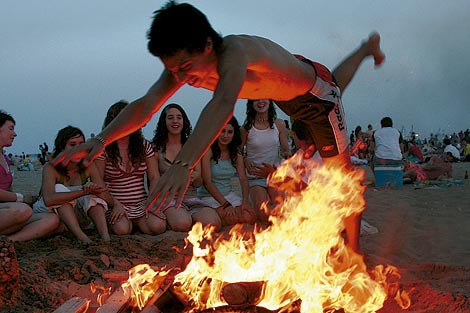
The festivals of Midsummer’s Eve (St. John’s Eve among Christians) have roots in ancient celebrations related to the summer solstice. Bonfires were lit to protect against evil spirits which were believed to roam freely when the sun was turning southward again. In later years, witches were also thought to be on their way to meetings with other powerful beings. Fire features in many of the celebrations, with people gathering together and creating large bonfires from any kind of wood, such as old furniture, and sharing food and drinks while teens and children jump over the fires.
Origins – Before 1928, the bonfires of Saint John had been celebrated in Alicante as it had been elsewhere in Europe: by burning old pieces of furniture on the night of Saint John on 24 June. The Bonfires festival in Alicante originated in 1928. Jose María Py, the founder of the festival, felt that Alicante needed an important fiesta, and came up with an idea to combine bonfires with a Valencian tradition known as the “falles”. The festival ultimately became the most important cultural event in Alicantinian society.
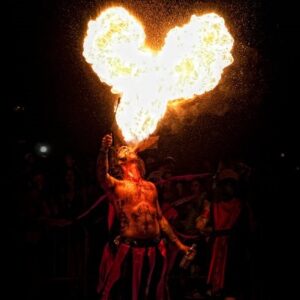
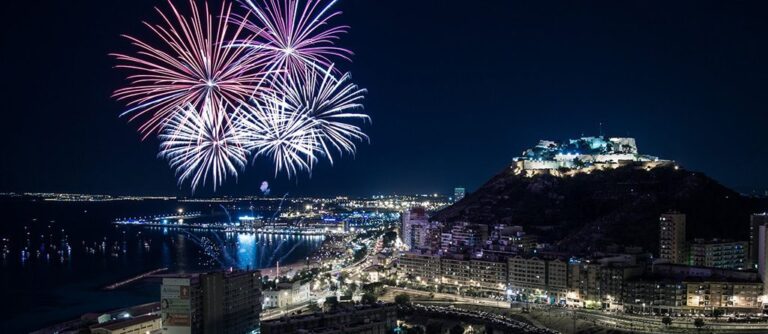

Pamplona
The most famous bull-run is the encierro held in Pamplona during the nine-day festival of Sanfermines in honor of Saint Fermin. It has become a major global tourism event, today very different from the traditional, local festival. The encierro begins with runners singing a benediction. This is a prayer given at a statue of Saint Fermin, patron of the festival and the city, to ask the saint’s protection
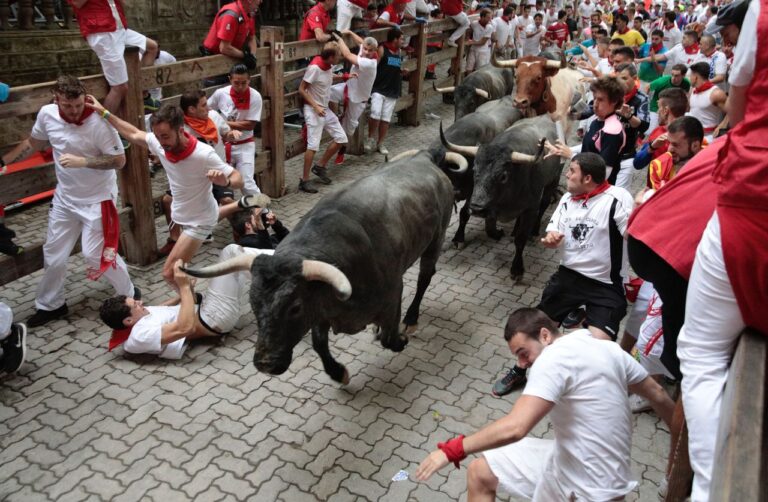
Semana Santa

Date: 02 – 09 April
Semana Santa (Holy Week) is one of Spain’s most important religious and traditional events. The celebrations in Seville and Málaga are the most popular ones. In every town, week-long festivities take place until Easter Sunday, including fun and colourful parades, church services, and delicious brunches. People fill streets with religious and traditional costumes to see live bands, processions, and street performers.
La Tomatina - Buñol, Valencia
La Tomatina is a festival that is held in the Valencian town of Buñol, in the east of Spain 30 kilometres from the coast, in which participants throw tomatoes and get involved in a tomato fight purely for entertainment purposes. Since 1945 it has been held on the last Wednesday of August, during a week of festivities in Buñol.
La Tomatina Festival started the last Wednesday of August in 1945 when some young people spent time in the town square to attend the Giants and Big-Heads figures parade. The young people decided to take part in a parade with musicians, Giants and Big-Heads figures. One participant’s Big-head fell off, as a result of the festivities. The participant flew into a fit of rage, and began hitting everything in their path. There was a market stall of vegetables that fell victim to the fury of the crowd, as people started to pelt each other with tomatoes until the local forces ended the fruit battle. The following year, some young people engaged in a pre-planned quarrel and brought their own tomatoes from home.



